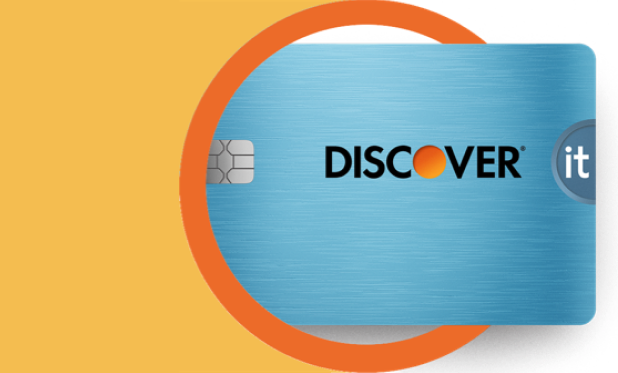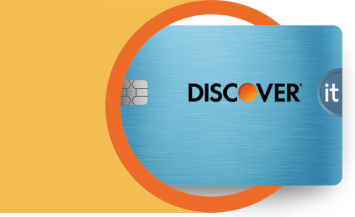If you need to send money fast, one option you may have is a credit card wire transfer. But before you go ahead and agree to one, you should understand what wire transfers are, how they work, and how much it may cost you to do a credit card wire transfer.
Let’s dive in and go over what you may need to know about wire transfers to help you make the best financial decision for your needs.

What is a Credit Card Wire Transfer?
4 min read
Last Updated: August 30, 2024
Next steps

See if you're pre-approved

View all Discover credit cards
See rates, rewards and other info
You may also be interested in
Was this article helpful?
Was this article helpful?
Back to article
Expand
-
Legal Disclaimer: This site is for educational purposes and is not a substitute for professional advice. The material on this site is not intended to provide legal, investment, or financial advice and does not indicate the availability of any Discover product or service. It does not guarantee that Discover offers or endorses a product or service. For specific advice about your unique circumstances, you may wish to consult a qualified professional.


